| Students practicing their footwork in class |
Over the last two months I have made an early morning (very early) commute a couple days a week into the heart of Brooklyn to be an assistant teaching artist for a Flamenco Vivo residency in a NYC public elementary school. I assisted the veteran teaching artist Leslie Roybal in teaching flamenco dance, music, and history to four 3rd grade classes. Although the program is meant to enrich the lives of the students, and I have absolutely no doubt it did, I learned just as much as they did–if not more–and it was also one of the most rewarding experiences I’ve ever had.
Yesterday the students had their final show. They danced beautifully, were well behaved, remembered their dances, and most importantly they were SO excited to share what they had learned with their peers and parents. As I stood in front of them helping direct, the kids smiled back at me with their eyes beaming and I felt so proud of their hard work and so rewarded that I am able to help share flamenco in this way. Teaching a residency is hard, one of the hardest things I’ve ever done–and I was only assistant teaching. But it was all worth it to see their smiles as they showcased all they had learned in just a handful of flamenco classes.
| Ms. Leslie giving the students a pep talk before the performance. |
Being a teaching artist is exhausting for a number of reasons. First, usually the schools are not centrally located and the commute can be quite lengthy. Then, particularly for me as a rookie at this, I found it hard to simplify flamenco steps for the students. I spend so much time working on rhythmically and physically complex phrases, it was hard to break down flamenco into its most basic parts while maintaining flamenco’s structure and aesthetic qualities. Making the movements and gestures accessible to the students often consisted of giving names to the different movements–floreo above the head was named grabbing an apple, and floreo in front became grabbing a pop-tart off a table. Although it sounds silly, making those movements something the students can relate to helps them understand flamenco. And that process helped me understand flamenco more clearly.
| A few of the students in their flamenco outfits. You’ve gotta love this pic! They channeled all that sass into their dancing! 🙂 |
The biggest challenge is balancing teaching them a full choreography, proper technique, history, and a general understanding of what flamenco is all in a very limited amount of time. It’s impossible to expect the kids to walk out of the residency with perfect technique, but what we can do is give them a clear understanding into the cultural context of flamenco, the necessary elements to have flamenco, some of the basic movements and rhythms, and a means to express themselves and their creativity. That’s a lot to do in just 10 sessions! Not to mention they learned some basic life skills–how to follow directions, stand up straight, collaborate creatively, and be spatially aware. And the students learned how to learn about a culture different from their own, which opens them to many possibilities in this globalized world.
| Hitting one of the flamenco poses the students themselves created. |
The most inspiring part of the residency (other than the final performance) was when the students helped create the dances. Their creativity thoroughly impressed me. One of the classes came up with their own rhythms and even their own remate. When we were ready to set the final step of the dance, a girl raised her hand and shared her idea for the llamada, the rest of the class agreed they wanted to use it, and I have to say I might be using that step in my own dances now. Another class came up with some pretty incredible and complicated formations to switch lines–they named the formation a flamenco flower–and their ability to express their creative ideas to their peers astounded me. We definitely have some future choreographers on our hands!


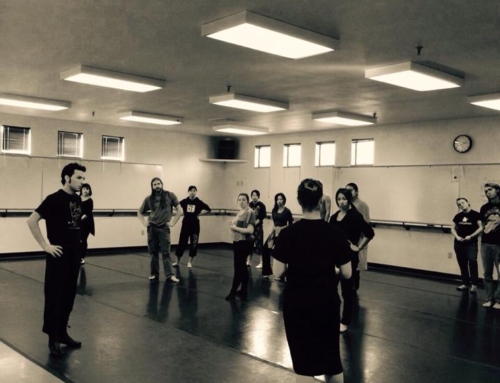
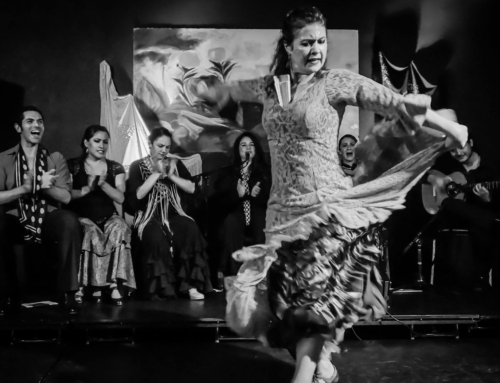



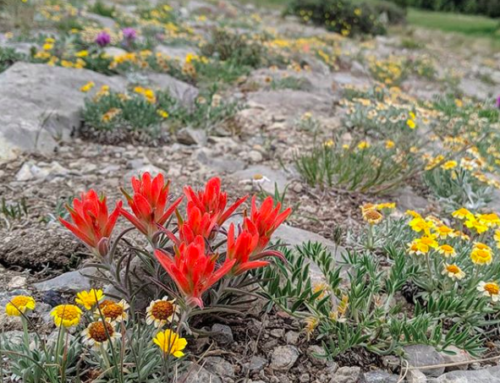
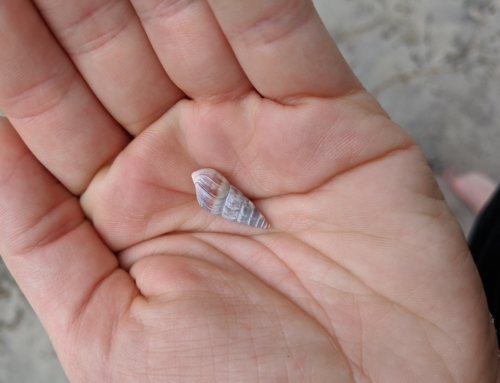
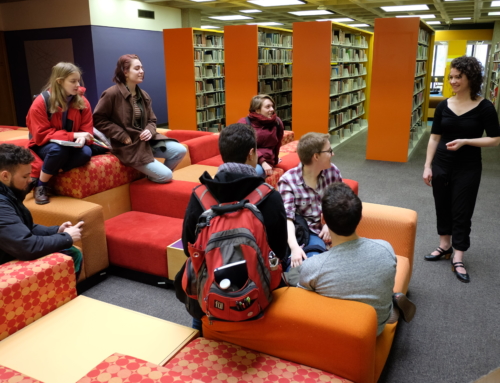
Leave A Comment